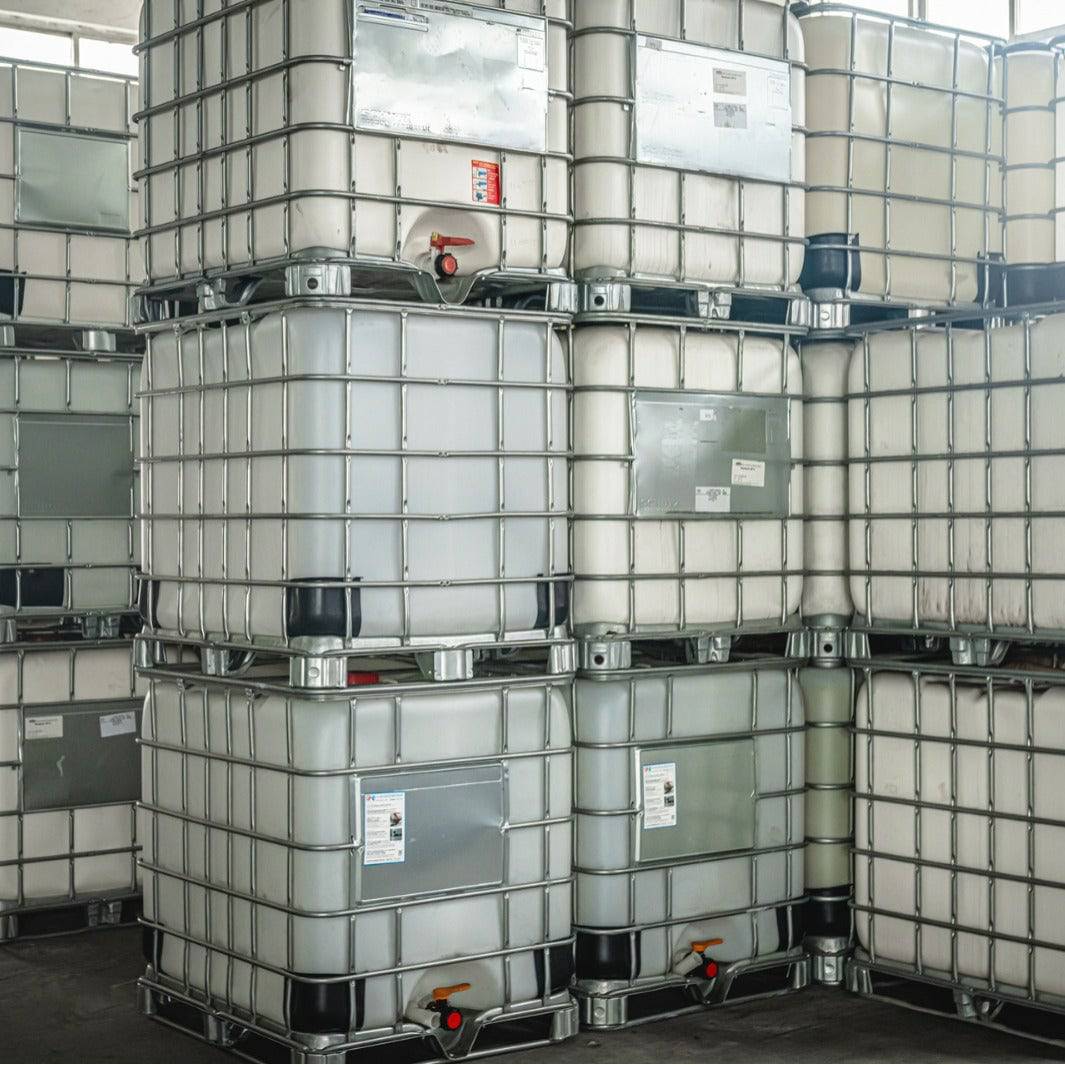The Buzz on Chemie
The Buzz on Chemie
Blog Article
Top Guidelines Of Chemie
Table of ContentsAll About ChemieChemie Fundamentals ExplainedSome Known Factual Statements About Chemie An Unbiased View of ChemieThe Buzz on ChemieAll about Chemie
(https://merciful-toaster-58a.notion.site/Revolutionizing-Cooling-and-Heating-with-Chemie-s-Advanced-Solutions-1763b8b923308056a86fc0081ff582a3)Measured adjustment in electric conductivity of fluid examples as a function of time when stirred with the material example in the shut indirect cooling loop experiment. Figure 6 reveals the modification in the measured electric conductivity of the fluid samples when mixed with the resin example. The conductivity of the water example from the shut loop experiment decreased by about 70% from 11.77 S/cm to 3.32 S/cm in 6 hours.These outcomes suggested that the ability of the material depends upon the test liquid made use of for the experiment. This shows that different ions present in the fluid will cause different ion exchange capability of the fluid. Determining the ion exchange resin capability with the fluid example from the actual cooling loophole is vital.
Not known Factual Statements About Chemie
An ion exchange material cartridge including 20g of Dowex combined bed material might take on order 938 days to saturate - meg glycol. Simply put, to maintain a reduced electrical conductivity, a resin cartridge with the dimension and weight requirements as that of the material cartridge made use of in the experiment, require to be changed every 30 months for the cooling system that was used in the experiment
The cooling of electronic parts has come to be a significant difficulty in current times due to the advancements in the style of faster and smaller elements. The usage of a fluid coolant has come to be attractive due to the higher heat transfer coefficient achieved as contrasted to air-cooling.
Chemie for Beginners
A solitary stage cooling loop includes a pump, a warm exchanger (cool plate/mini- or micro-channels), and a warm sink (radiator with a follower or a liquid-to-liquid heat exchanger with cooled water cooling). The warmth resource in the electronics system is affixed to the heat exchanger. Fluid coolants are additionally used in two-phase systems, such as heat pipes, thermo-siphons, sub-cooled boiling, spray cooling, and straight immersion systems [2, 4]
The requirements may differ depending upon the kind of application. Complying with is a list of some basic requirements: Good thermo-physical residential or commercial properties (high thermal conductivity and specific warmth; reduced thickness; high latent heat of evaporation for two-phase application) Reduced freezing factor and burst point (sometimes burst security at -40 C or lower is required for shipping and/or storage functions) go to my site High climatic boiling point (or low vapor pressure at the operating temperature) for solitary stage system; a slim wanted boiling factor for a two-phase system Excellent chemical and thermal stability for the life of the electronics system High flash factor and auto-ignition temperature level (sometimes non-combustibility is a need) Non-corrosive to materials of building (metals as well as polymers and various other non-metals) No or minimal governing constraints (ecologically friendly, harmless, and perhaps naturally degradable) Cost-effective The ideal electronic devices coolant is an economical and safe fluid with excellent thermo-physical residential properties and a lengthy life span.
Chemie Can Be Fun For Everyone
Most of these liquids have a non-discernible smell and are harmless in instance of call with skin or consumption. As mentioned previously, aliphatic PAO-based liquids have actually changed the silicate-ester liquids in a variety of army electronic devices (and avionics) cooling down applications in the last decade. An additional course of preferred coolant chemistry is dimethyl- and methyl phenyl-poly (siloxane) or frequently referred to as silicone oil.
Fluorinated substances such as perfluorocarbons (i.e., FC-72, FC-77) hydrofluoroethers (HFE) and perfluorocarbon ethers (PFE) have particular special residential or commercial properties and can be used touching the electronic devices [4, 8] Of all, these liquids are non-combustible and non-toxic. Some fluorinated substances have zero ozone depleting prospective and various other environmental buildings.
This coolant is identified as hazardous and must be dealt with and disposed of with care. The quality of water made use of for the prep work of a glycol solution is extremely crucial for the system.
The 6-Minute Rule for Chemie

Various other than lack of poisoning, it has no advantages over ethylene glycol, being higher in price and more thick. This is an inexpensive antifreeze service, finding usage in refrigeration services and ground resource warm pumps. Similar to glycols, this can be inhibited to stop deterioration. This fluid can be utilized to -40 C owing to its reasonably high price of heat transfer in this temperature level range.
It is considered even more dangerous than ethylene glycol and subsequently has actually located usage only for procedure applications located outdoors. Methanol is a combustible fluid and, as such, presents a potential fire risk where it is saved, took care of, or utilized.
How Chemie can Save You Time, Stress, and Money.
As a combustible fluid, it requires certain precautions for dealing with and storage. Aqueous services of calcium chloride locate broad use as circulating coolants in food plants. It is non-flammable, non-toxic and thermally more efficient than the glycol options. A 29% (by wt.) calcium chloride solution has a freezing factor listed below -40 C.

Report this page